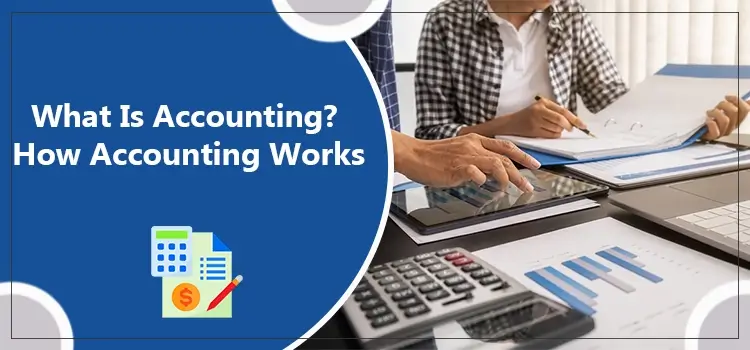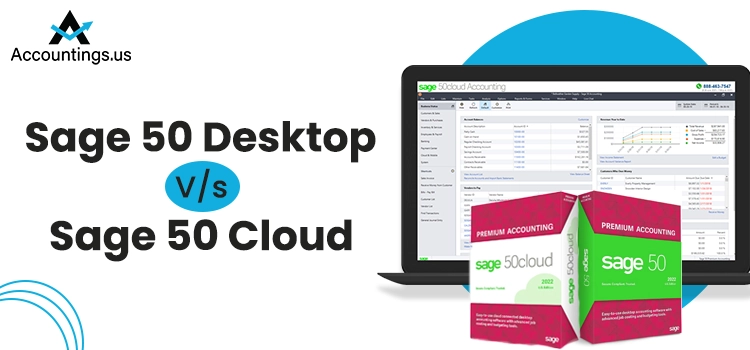
Accounting is the process that involves summarizing, interpreting and communicating financial transactions that are classified in the ledger. The main motive of accounting is to record and report the organization’s financial status.
Table of Contents
Significance of Accounting in Businesses
Accounting plays a crucial role as it helps in analyzing the organization’s financial status and performance. If you are unaware of the importance of accounting, then you must go through the following steps.
1. Records all business transactions:- Accounting is one of the most important accounting tasks as it keeps systematic records of financial information. Updated records help users to compare the current financial data with historical information. With the help of accurate records, users can easily assess the company’s performance over a while.
2. Simplifies Decision-Making for the management:- Accounting is mainly crucial for the organization’s internal users. The internal users may be those who plan, organize and run the organization. The company requires accounting for making important decisions.
3. FulFills Legal Requirements:- Proper accounting facilitates accurate financial assets and liabilities reporting. The tax authorities, including the Internal Revenue Service (IRS) and the Canada Revenue Agency (CRA) use standardized accounting financial statements to assess the company’s gross revenue and net income.
4. Helps in Filing Annual Tax Returns:- It becomes easier and more convenient to file annual tax returns with business accounting. Also, you will get to know how much you own quarterly and annual tax statements.
Discussing the Different Types of Accounting
Below we have discussed different types of accounting; go through them carefully.
1. Financial accounting:-
This type of accounting involves the preparation of accurate financial statements. The main objective of financial accounting is to measure the performance of the organization accurately. While financial statements are usually used for external purposes, they may also be used by internal management to make a decision.
2. Cost Accounting:-
Cost Accounting is the accounting type used in the manufacturing industry to assess the company’s operations. The main concern of cost accounting is recording and analyzing manufacturing costs. Moreover, it looks into the company’s fixed costs, like rent and the variable costs, like shipping charges.
The main concern of this accounting is to analyze how these costs affect the business and how these costs can be improved using the Accounting Tools.
3. Managerial Accounting:-
It is the type of accounting that helps the management to take higher levels of decisions. The management accounting is shared within the organization The Management accounting usually consists of budgeting, forecasting and financial accounting.
4. Auditing Accounting:-
Auditing is basically done to provide an independent analysis of that financial activity to ensure that the business is recording the transactions using the pre-set accounting rules and standards. There are different types of audit that are performed by the company which are as follows:
- Compliance Audit:– The main purpose of this audit is to determine the policies and procedures used by a company or department whether the company is following the rules according to regulatory standards.
- Investigate Audit:- The businesses cannot reveal the criminal activity though a standard investigation audit but it could be the initial step to find the suspicious activity.
- Financial Audit:- This is the most commonly used audit which is designed to analyze financial statements for accuracy.
5. Forensic Accounting:-
The Forensic accounting combines accounting, auditing and investigative skills to look into the finances of an individual or business. It usually collects financial evidence and can communicate their findings via reports and presentations in legal proceedings. In most of the cases, this accounting type is used in fraud cases as it contains a detailed explanation of the nature and how critical the crime is.
6. Tax Accounting:-
The Tax accounting majorly puts emphasis on transactions that may hamper the business tax’s burden. Moreover, it also focuses on the items related to tax calculation and preparation of tax documents.
This type of accounting is important because the taxation laws are complicated and may change from time to time. The main objective of the tax accounting is to determine the company’s tax liability and to report them to the state and federal government using the correct tax forms.
How Does Accounting Work?
Although every business has its own accounting process, but most of the organizations follow the established accounting cycle. Go through the following accounting cycle to know how accounting works.
1. Identify Transactions:-
The initial step is to analyze and compile all the financial details of your company. This data may consist of receipts, bank statements, and invoices that detail the money spent by the company and how much money it owes.
2. Record Transactions in a Journal:-
Once you have compiled all the financial data of your company, you can record them in the journal. You can either record it in digital or the physical jornal. There are numerous ways to record transactions irrespective of the accounting type you are using. No matter which type of accounting you opt, record a transaction in a journal and note the date, time and location of each transaction.
3. Post transactions to the ledger:-
After entering all the transactions in the journal, post them to the ledger account. A ledger account is the summary of the company’s financial data.
4. Prepare an unadjusted trial balance:-
At the closing of the accounting period you can create an unadjusted trial balance. It is basically a list of company’s accounts like accounts receivable, accounts payable, and expenses. To prepare the unadjusted trial balance you need to calculate the total credits and debit in each account to determine balance for each.
5. Prepare a worksheet:-
If you found that the debits and credit side of the unadjusted trial balance doesn’t match you can create a worksheet and look for the errors and make corrective adjustments.
6. Adjustment of Journal Entries:-
After noting all the adjusted entries, you can prepare a fresh trial balance. The adjusted trial balance reflects that the company’s debit and credit side are equal and you can make accurate financial statements.
7. Generate Financial Statements:-
With the help of adjusted trial balance you can easily prepare balance sheets, income statements and the cash flow statements.
8. Close the Books of Accounts:-
The last step is to close the books of accounts so that you can proceed further to the next accounting period. You may do this at the end of month, quarter or year depending upon the company’s needs.





